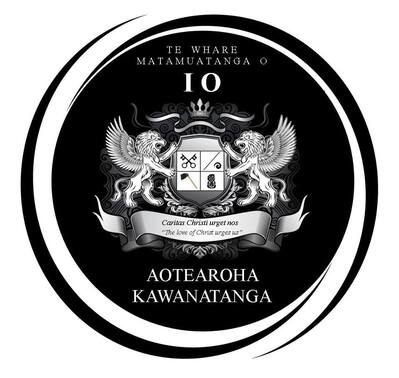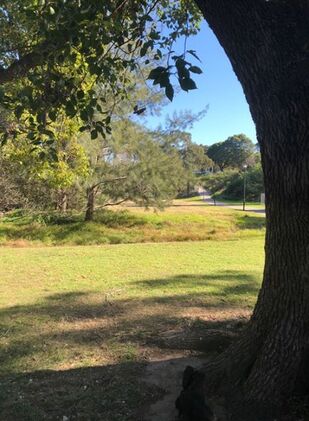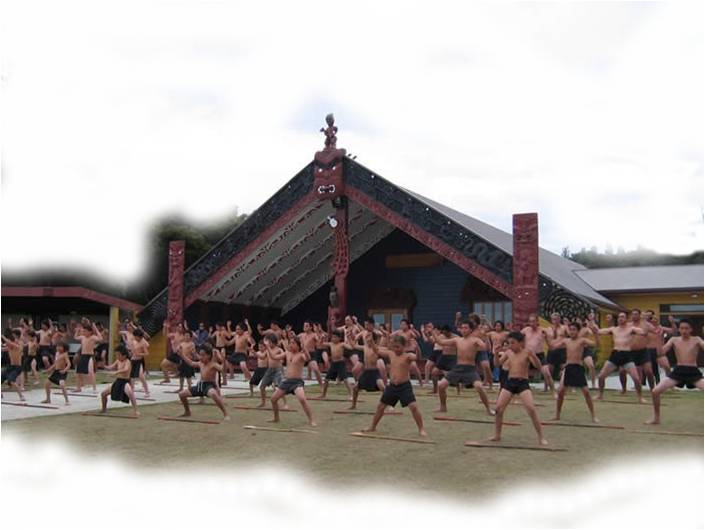-
HOME
-
IT'S TIME
-
GOVERNANCE OF LOVE
- AOTEAROHA KAWANATANGA
- GUARDIANS PLEDGE OF ALLEGIANCE
- NON-AGGRESSION PEACE TREATY >
- HOLY TRIUNE SPIRIT >
- THEOCRACY STRUCTURE >
-
GOD'S BANK RESERVES
>
-
REVELATION OF CHRIST
>
- MARK OF THE BEAST
- MAN'S GOVERNMENT IS SATAN'S RELIGION
- EARTH CONSTITUTION
- EARTH FEDERATION PLEDGE OF ALLEGIANCE
- WORLD CONSTITUTION & PARLIAMENT ASSOCIATION
- ABOUT WORLD PARLIAMENT?
- HOW WORLD GOVERNMENT WORKS?
- FOUNDATIONAL PRINCIPLES OF THE MOVEMENT
- CONCEPTUAL MODEL OF THE EARTH FEDERATION
- POLITICAL LEGITIMACY
- EMERGENCY EARTH RESCUE ADMINISTRATION
- A BILL OF PARTICULARS
- PREAMBLE & ROYAL CHARTER >
- LETTERS PATENT 2019
- ROYAL ANNOUNCEMENT
- KINGDOM BLUEPRINT
- PROCLAMATION
- COMMON LAW COURT DECLARATION
-
OUR STRUCTURE
- MAORI AUTHORITIES >
- NON GOVT FOUNDATIONS >
- CITIES OF THE FUTURE >
-
PEACE & JUSTICE
>
- HUMANITARIAN PROJECTS >
-
CHURCH & MARAE
>
- BAPTISMS, ANOINTMENTS & BDM >
- CONSCIOUS COMMUNITIES >
- CAREERS & MANPOWER VOLUNTEERS >
- HOLISTIC HEALTH >
- TRAVEL & TRANSPORT >
- SECURITY & WARDENS
- IDEAS & INNOVATION >
- TRUE POTENTIAL SCHOOLS >
- LAND & HOUSING >
- FOOD & WATER >
- COMMUNICATIONS >
- AGRI-AQUA-HORTI-CULTURE >
- MOTHER EARTH >
- GUARDIANS
-
OFFICE OF THE CROWN
-
NZ GOVERNMENT
- ACTION PLAN >
- OUR PUBLIC SERVICES
- STRONG REGIONS AND PRIMARY INDUSTRY
- EDUCATION >
- HEALTH >
- MORTGAGE REDUCTION & HOUSING
- SOCIAL DEVELOPMENT
- ETHNICITY
- MAORI DEVELOPMENT >
- PACIFIC AFFAIRS
- COMMUNITY SAFETY
- JOBS AND INNOVATION >
- CLEAN RIVERS
- PROTECTING OUR ENVIRONMENT >
- TOURISM AND CONSERVATION
- SPORTS AND RECREATION
- OUR RAINBOW POLICY
- VISION FOR CANTERBURY
- GET INVOLVED
- NEWS & UPDATES
- PUBLIC NOTICE
CHURCH
GOD'S HOUSE
We shall set aside Saturday, the Sabbath Day as the day to restore, reflect and remembrance for our Lord Jesus Christ and Heavenly Father, God.
Our church is within us and around us.
Your church may be in your backyard or in a communal church.
This is a time to reflect on scripture and be with our Heavenly Father, God.
No other day has ever been sanctified as the day of rest. The Sabbath Day begins at sundown on Friday and ends at sundown on Saturday. Genesis 2:1-3; Exodus 20:8-11; Isaiah 58:13-14; 56:1-8; Acts 17:2; Acts 18:4, 11; Luke 4:16; Mark 2:27-28; Matthew 12:10-12; Hebrews 4:1-11; Genesis 1:5, 13-14; Nehemiah 13:19.
GOD'S HOUSE
We shall set aside Saturday, the Sabbath Day as the day to restore, reflect and remembrance for our Lord Jesus Christ and Heavenly Father, God.
Our church is within us and around us.
Your church may be in your backyard or in a communal church.
This is a time to reflect on scripture and be with our Heavenly Father, God.
No other day has ever been sanctified as the day of rest. The Sabbath Day begins at sundown on Friday and ends at sundown on Saturday. Genesis 2:1-3; Exodus 20:8-11; Isaiah 58:13-14; 56:1-8; Acts 17:2; Acts 18:4, 11; Luke 4:16; Mark 2:27-28; Matthew 12:10-12; Hebrews 4:1-11; Genesis 1:5, 13-14; Nehemiah 13:19.
MARAE
CARVED MEETING HOUSE
The Marae, sacred open meeting area, communal meeting house, is the beating heart of the community and the area of greatest mana, the place of greatest spirituality; the place that heightens people's dignity, and the place in which Māori culture, customs and traditions are given ultimate expression.
The Marae is the basis of traditional Māori community life. It is their home. In the Marae official functions take place in : celebrations, weddings, christenings, tribal reunions, funerals, community business, Te Kooti (court).
The Marae is the place for Kaitiaki to come together, one-for-another; and lay aside their private animosities to consult the safety and welfare of our common country. To take our rightful place in Governance of the Lands of our inheritance, our Homeland, our Country, our Nation, our Kingdom…and fulfill our responsibilities as Kaitiaki as assisgned to our Tupuna by our MATUA IO TE ATUA.
The marae courtyard in front of the meeting house has a complementary role and serves as the focal point for community sentiment. During the formal welcome the first voice you hear is that of a woman. She symbolises the earth mother and the 'Hine-nui-te-po', the mother who embraces us at our physical death. She communicates anything she wants. There are no set messages.
He aha te mea nui? What is the greatest thing?
He tangata! It is people, He tangata!
He tangata! It is people, He tangata! It is people
The Meeting House is nearly always situated adjacent to the gateway or entrance. The Meeting House is used for funerals, spiritual meetings, or entertaining visitors. The Meeting House is usually symbolically designed to represent the chief and his ancestors. Outside, in front of the Meeting House and at it's top is a carved figure, which is placed on the roof and at the entrance to the Meeting House. The carved figure represents the ancestor's head. The carved parts of the carved figure which slope downwards from Meeting House, represent the ancestor's arms, held out as a welcome to visitors.The pole, which runs down the centre of the Meeting House from front to back, represents the ancestor's backbone. This is a very solid piece of wood which is used, as when the backbone is strong, the body is strong. The rafters from the carved figures on the inside of the Meeting House represent the ribs of the ancestor. The smaller and larger carvings may be seen on the outside of the Meeting House. The protruding tongue often seen is in defiance of the enemy, and is also a defiant gesture during the haka (war dance).The glittering paua shell (New Zealand abalone shellfish) eyes of the carvings represent the New Zealand native owl. The owl was a fierce little fighter bird.
-
HOME
-
IT'S TIME
-
GOVERNANCE OF LOVE
- AOTEAROHA KAWANATANGA
- GUARDIANS PLEDGE OF ALLEGIANCE
- NON-AGGRESSION PEACE TREATY >
- HOLY TRIUNE SPIRIT >
- THEOCRACY STRUCTURE >
-
GOD'S BANK RESERVES
>
-
REVELATION OF CHRIST
>
- MARK OF THE BEAST
- MAN'S GOVERNMENT IS SATAN'S RELIGION
- EARTH CONSTITUTION
- EARTH FEDERATION PLEDGE OF ALLEGIANCE
- WORLD CONSTITUTION & PARLIAMENT ASSOCIATION
- ABOUT WORLD PARLIAMENT?
- HOW WORLD GOVERNMENT WORKS?
- FOUNDATIONAL PRINCIPLES OF THE MOVEMENT
- CONCEPTUAL MODEL OF THE EARTH FEDERATION
- POLITICAL LEGITIMACY
- EMERGENCY EARTH RESCUE ADMINISTRATION
- A BILL OF PARTICULARS
- PREAMBLE & ROYAL CHARTER >
- LETTERS PATENT 2019
- ROYAL ANNOUNCEMENT
- KINGDOM BLUEPRINT
- PROCLAMATION
- COMMON LAW COURT DECLARATION
-
OUR STRUCTURE
- MAORI AUTHORITIES >
- NON GOVT FOUNDATIONS >
- CITIES OF THE FUTURE >
-
PEACE & JUSTICE
>
- HUMANITARIAN PROJECTS >
-
CHURCH & MARAE
>
- BAPTISMS, ANOINTMENTS & BDM >
- CONSCIOUS COMMUNITIES >
- CAREERS & MANPOWER VOLUNTEERS >
- HOLISTIC HEALTH >
- TRAVEL & TRANSPORT >
- SECURITY & WARDENS
- IDEAS & INNOVATION >
- TRUE POTENTIAL SCHOOLS >
- LAND & HOUSING >
- FOOD & WATER >
- COMMUNICATIONS >
- AGRI-AQUA-HORTI-CULTURE >
- MOTHER EARTH >
- GUARDIANS
-
OFFICE OF THE CROWN
-
NZ GOVERNMENT
- ACTION PLAN >
- OUR PUBLIC SERVICES
- STRONG REGIONS AND PRIMARY INDUSTRY
- EDUCATION >
- HEALTH >
- MORTGAGE REDUCTION & HOUSING
- SOCIAL DEVELOPMENT
- ETHNICITY
- MAORI DEVELOPMENT >
- PACIFIC AFFAIRS
- COMMUNITY SAFETY
- JOBS AND INNOVATION >
- CLEAN RIVERS
- PROTECTING OUR ENVIRONMENT >
- TOURISM AND CONSERVATION
- SPORTS AND RECREATION
- OUR RAINBOW POLICY
- VISION FOR CANTERBURY
- GET INVOLVED
- NEWS & UPDATES
- PUBLIC NOTICE



